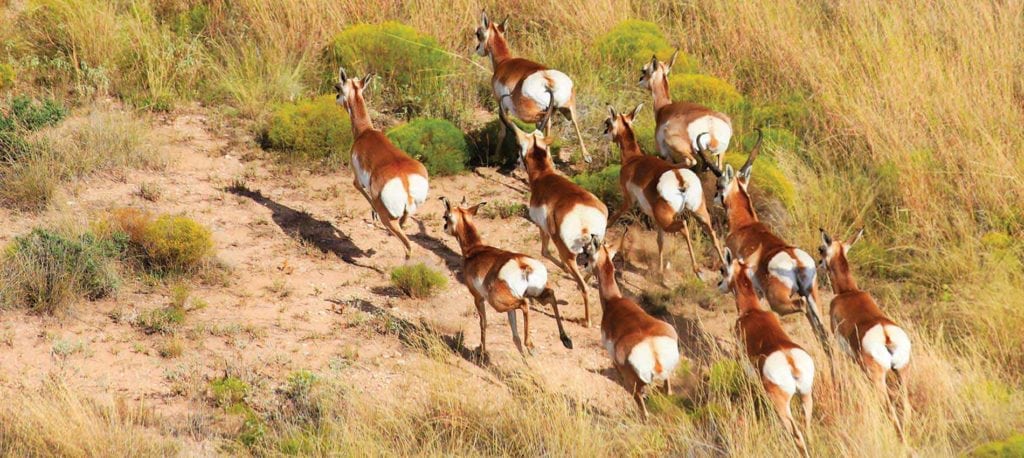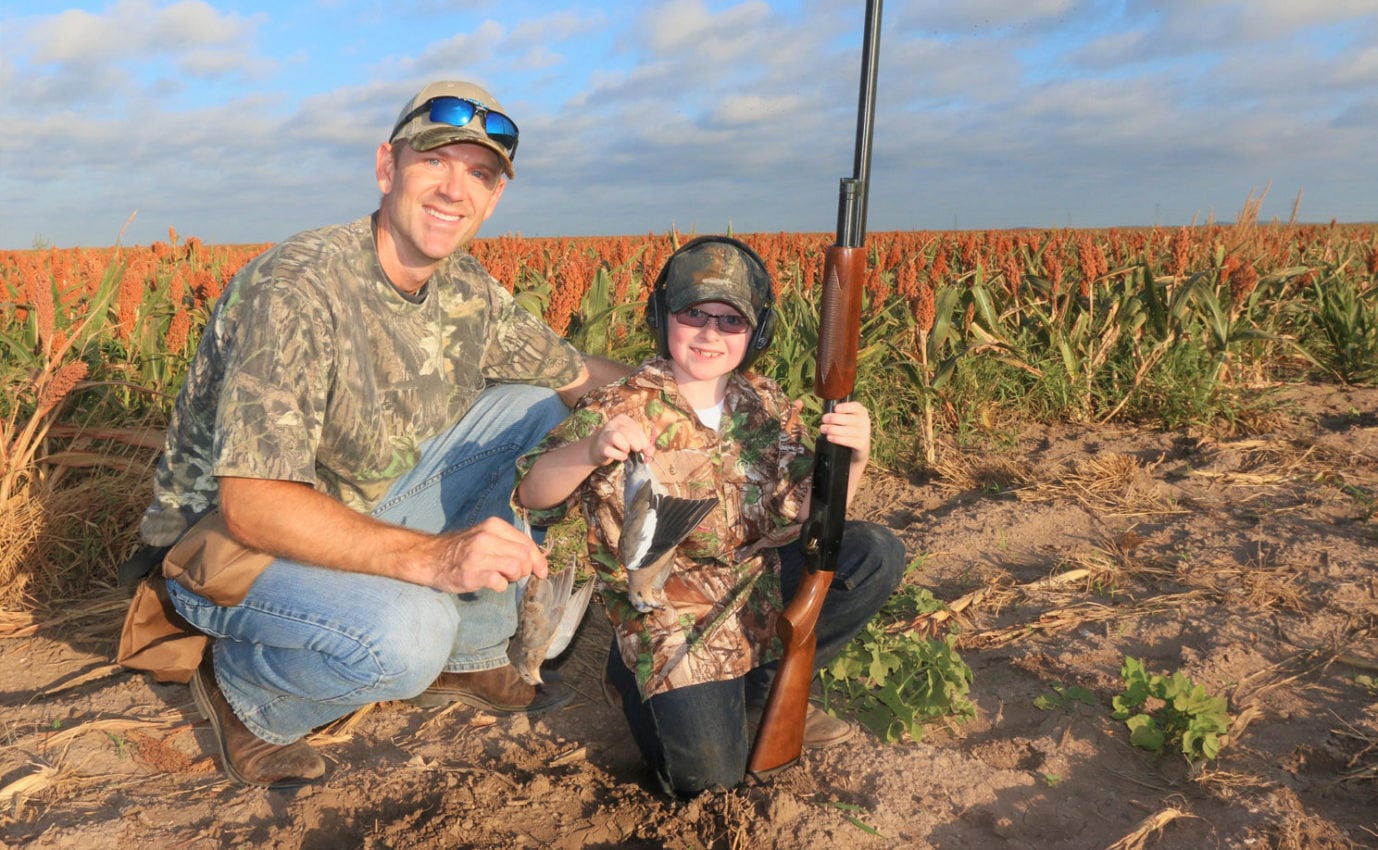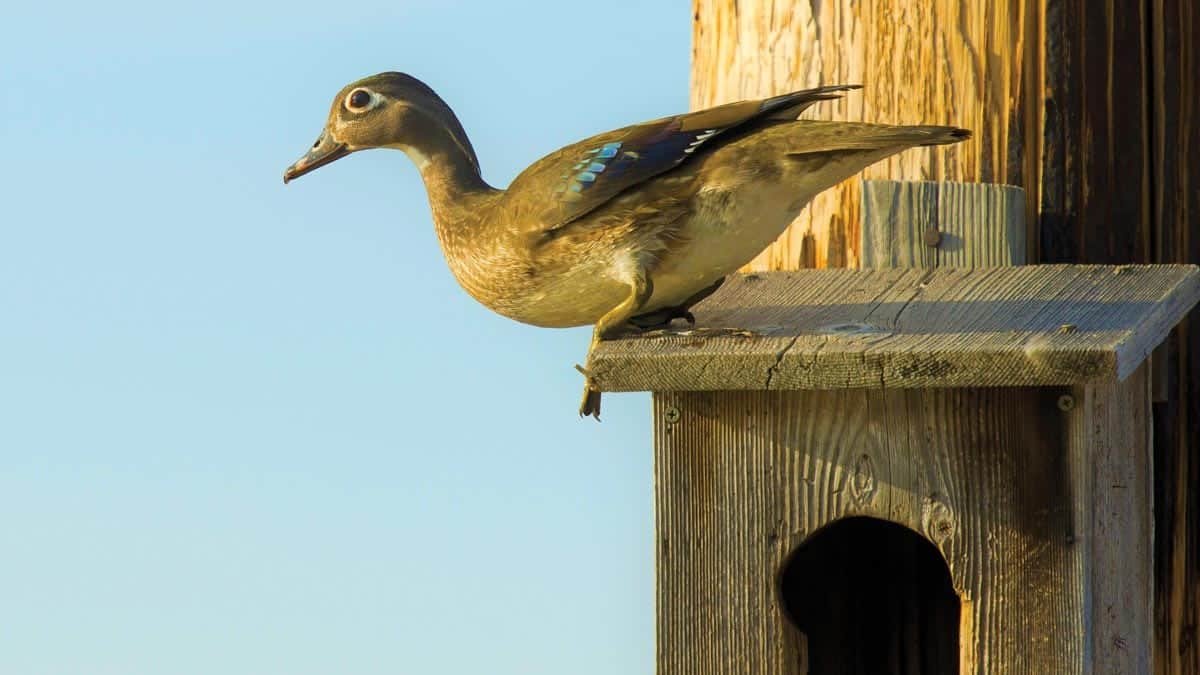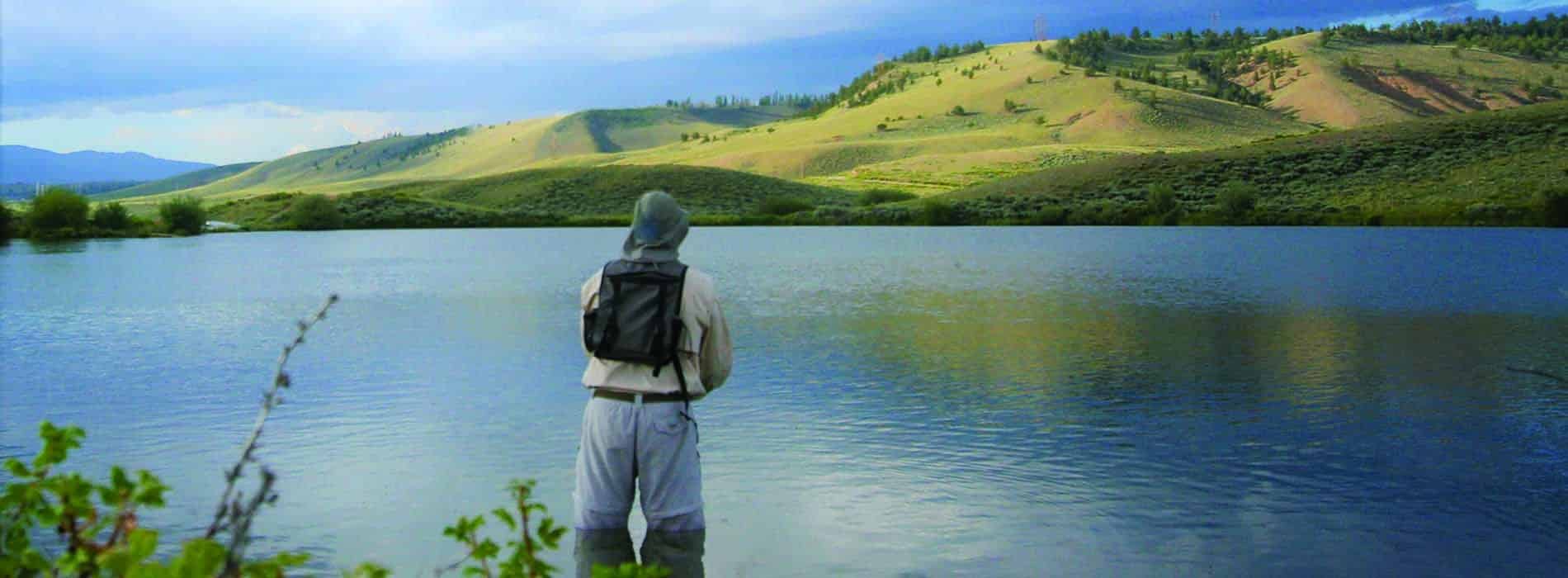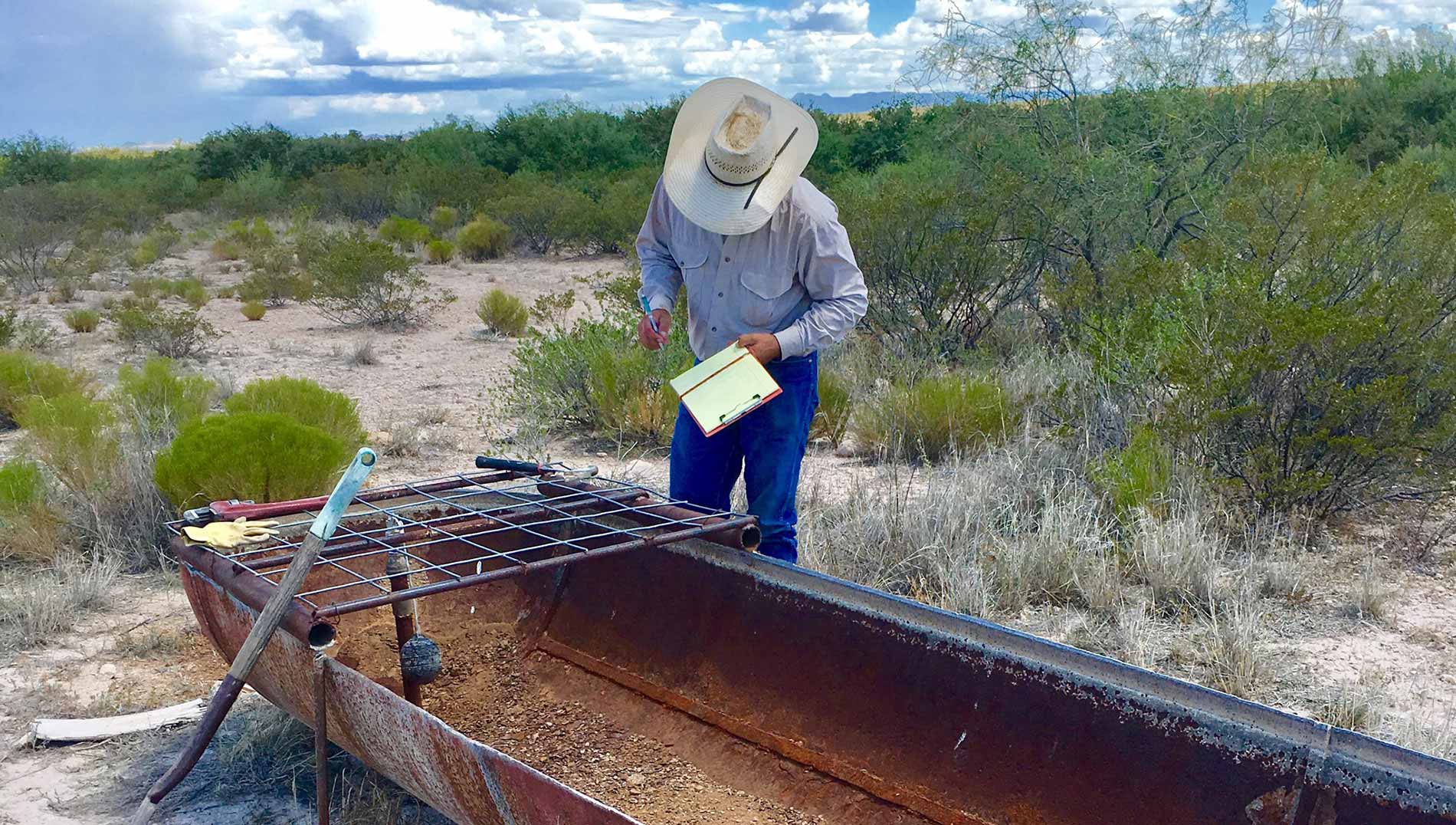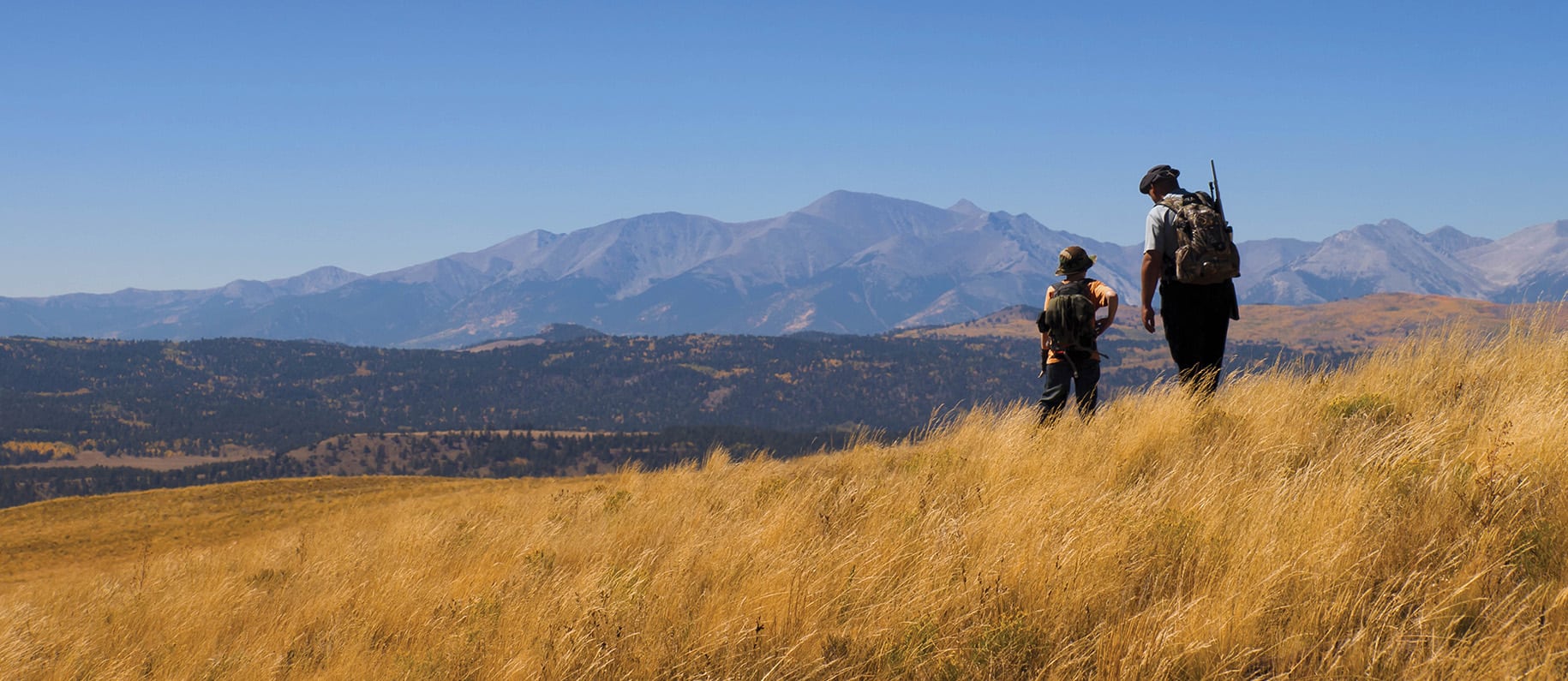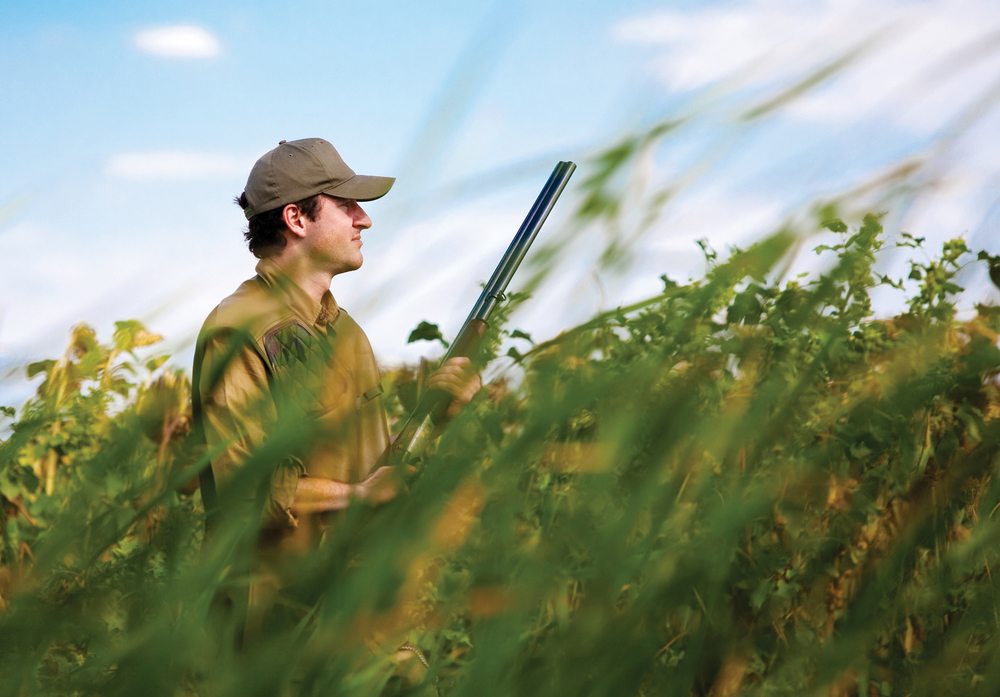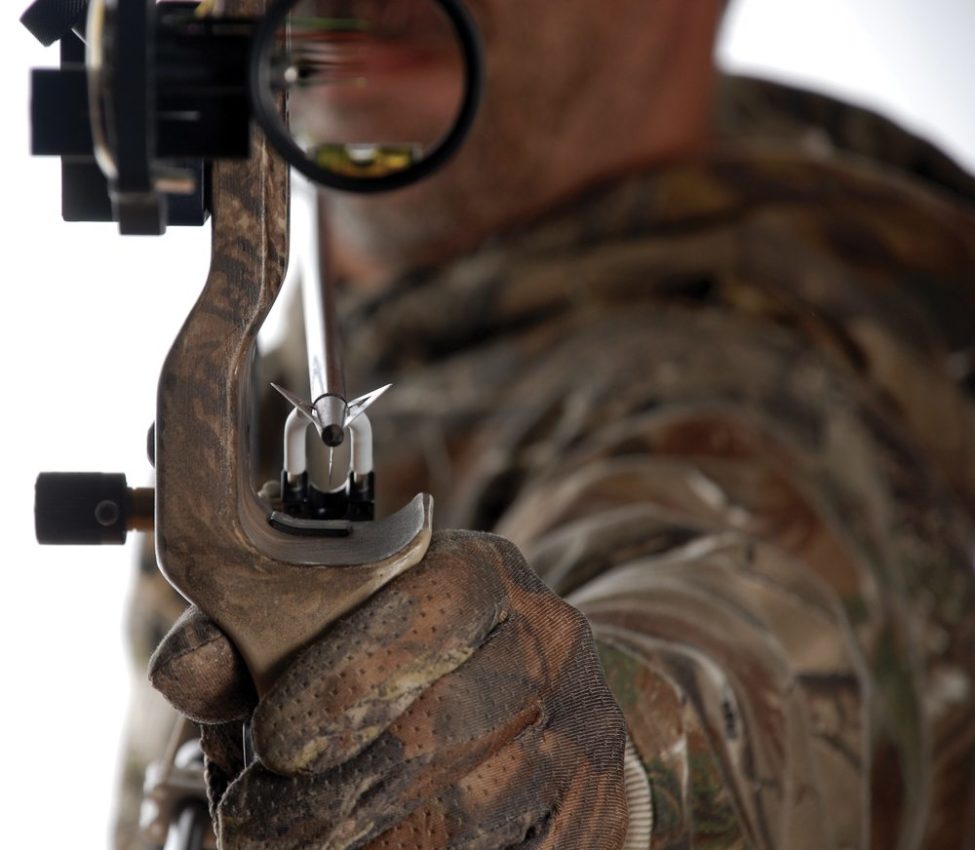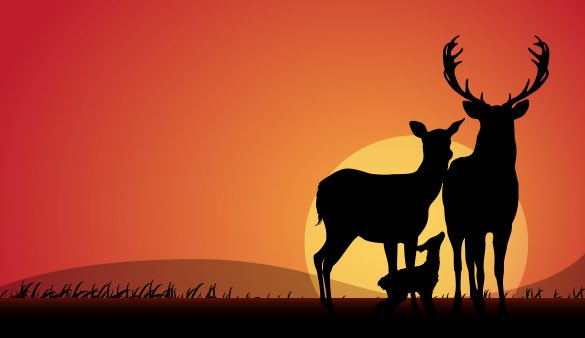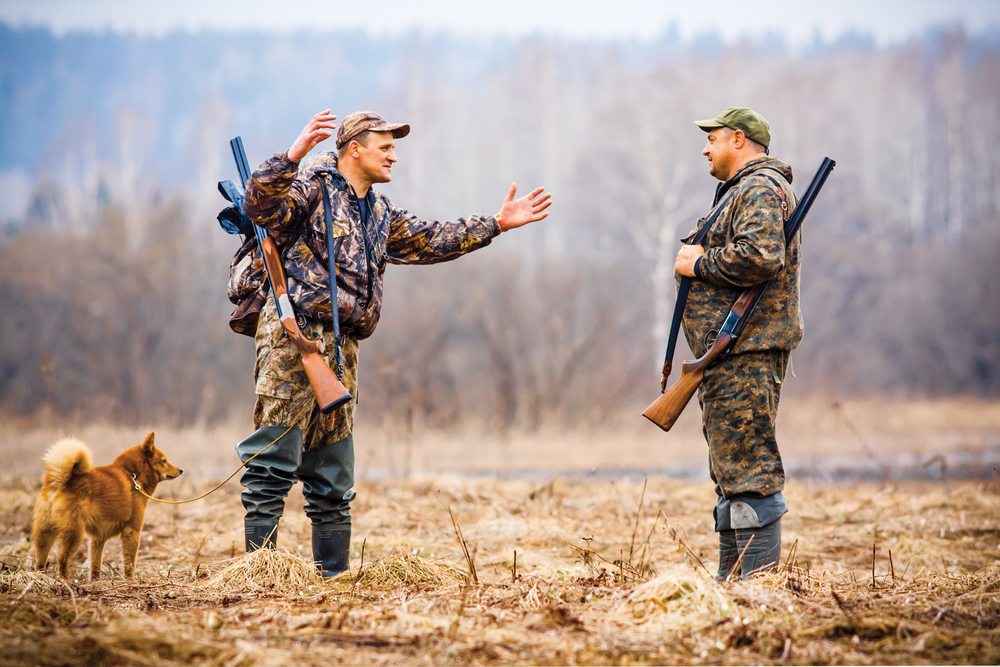A View from the Field: Understanding the Effectiveness of Aerial Wildlife Surveys
As we moved into the late 1970s and early 1980s, in many areas of Texas, we began to see more emphasis being placed on utilizing helicopters as a tool for surveying wildlife populations, especially with big-game species, such as whitetails, mule deer, pronghorn and desert bighorns. Traditional methods, prior to...
